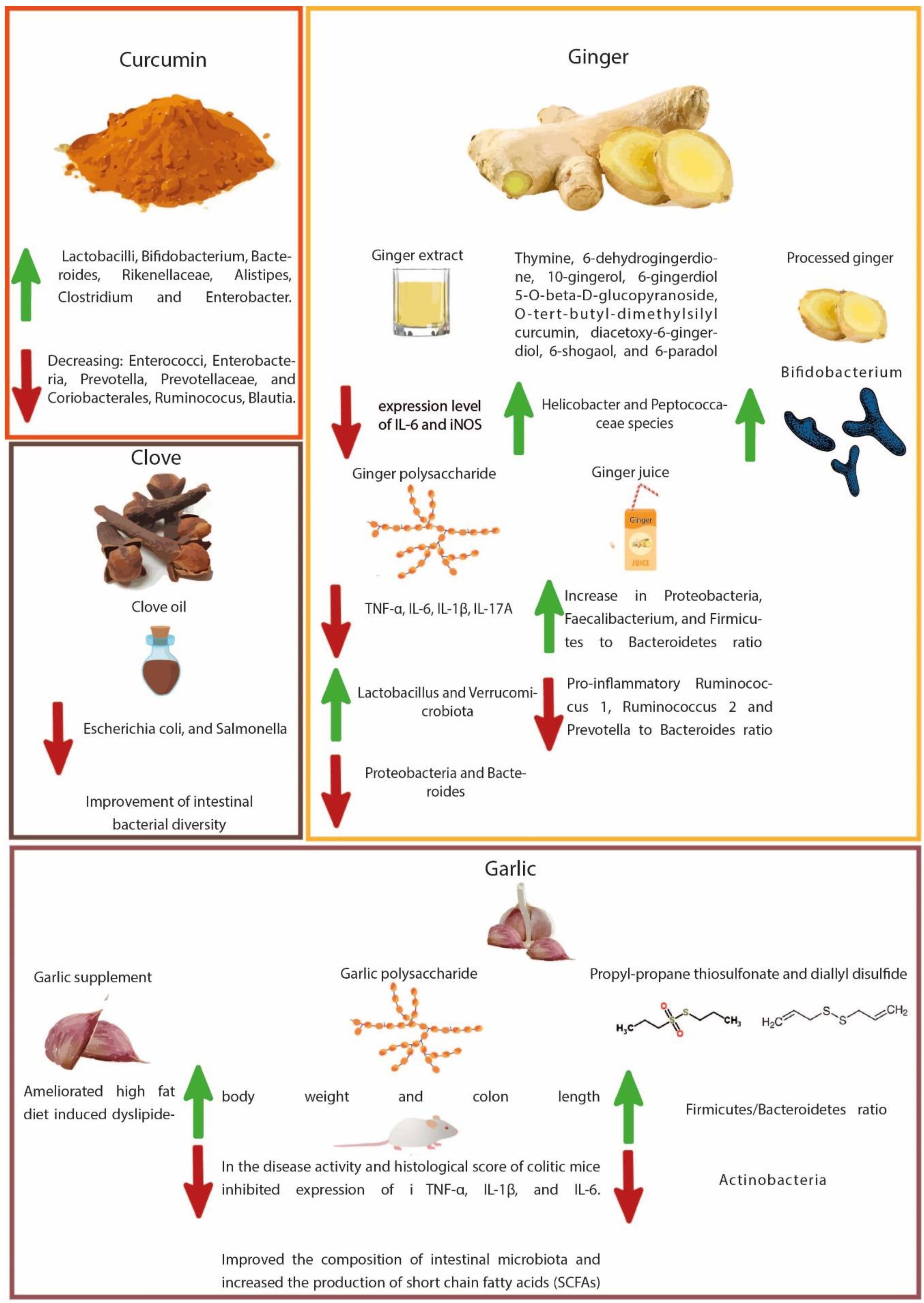
Most people will choose fish when deciding whether to eat it. However, fish may contain high levels PCBs or mercury that could pose a danger to human health. These chemicals can cause birth defects in babies and cancer in people. They can accumulate in animal fats. The higher up they are, the more concentrated they become. There are several ways to get Omega-3 fatty Acids without eating fish.
Pescetarian
There are many health benefits associated with eating fish for vegetarians. Many believe that eating fish can increase your protein intake. Additionally, iron from fish is more readily absorbed into the body than from other plant sources. Fish can be eaten on Fridays during Lent. There are ethical concerns about eating fish.
Flexitarian
Flexitarian diet: This is a vegetarian approach that emphasizes plant-based nutrition but allows for some animal protein. This diet encourages you to eat less meat and more nutritious plants. The diet encourages you to use leaner cuts of meat, as well as organic, grassfed and pasture-raised animal meats.

Vegan
Some vegetarians eat fish as a part of their diet. Fish is rich in omega-3 fatty acid and offers many health benefits. These fatty substances help to reduce inflammation, and regulate blood pressure. They also help to protect the heart. The best source of iron is found in fish. It aids in the creation of red blood cells which carry oxygen to muscles. Low amounts of calories and fat are also found in fish. In addition, fish is low in harmful bacteria and contains zero cholesterol.
Ostrovegan
Vegans are advised to avoid seafood and fish. However, some vegans do enjoy oysters and bivalves. Because bivalves have no central nervous system, it is morally acceptable. Others, on the other hand feel that fish is not good for the environment and choose not to eat it. This decision is good for your health as well as helping the environment.
Ostrovegans
Ostrovegans may argue that eating oysters and shellfish is not cruel to them. Ostrovegans believe that oysters and other bivalves are a way to avoid the slaughter of these animals. They note, however that oysters or mussels are raised and don't experience pain while being cooked.
Ostrovegans eat oysters
Oysters make up a large part of the diets of ostrovegans who are vegetarians. These people eat bivalve vertebrates such as oysters, mussels and scallops and avoid products derived from animals. They even avoid eating meat.

Ostrovegans eat algae
Ostrovegan vegetarians, vegans who consume a lot bivalves, are called Ostrovegans. These animals have a very high nutrient density because they aren't mobile or have a central nervous system. They are also rich in minerals and micronutrients that vegans don't get from plant sources. Oysters, for example, are rich in zinc and iron, as well as omega-3 fatty acids. Clams and mussels are also rich in protein and micronutrients.
FAQ
Why is it so important to lead a healthy lifestyle
Healthy living can lead to a longer and happier life. A healthy lifestyle, regular exercise and good sleep habits will prevent the development of diseases such as stroke, diabetes and heart disease.
Healthy lifestyles will help us to cope with daily stresses better and improve our mental health. A healthy lifestyle will increase self confidence, and it will make us feel younger.
How do I know what's good for me?
Listening to your body is essential. Your body knows what you need when it comes time to eat, exercise, and get enough rest. Your body will tell you what to do so that you don't go overboard. Take care of yourself and listen to your body.
What is the working principle of an antibiotic?
Antibiotics can be used to kill bacteria. To treat bacterial infections, antibiotics are used. There are many options for antibiotics. Some are administered topically, while others are given orally.
Many people who have been exposed can be prescribed antibiotics. For example, if someone has had chicken pox, he or she might take an oral antibiotic to prevent shingles later on. Penicillin might also be administered to someone with strep throat. This will help prevent the possibility of developing pneumonia.
When antibiotics are given to children, they should be given by a doctor. Children are at greater risk than adults for developing serious side effects from taking antibiotics.
Diarrhea, the most common side-effect of antibiotics, is probably diarrhea. Other side effects that could occur include nausea, vomiting and dizziness. These side effects typically disappear once treatment is complete.
Why does our weight change as we get older?
How can you tell if your bodyweight has changed?
When the body has less fat than its muscle mass, it is called weight loss. This means that you must consume more calories than you use daily. Activity levels are the most common reason for weight loss. Other reasons include poor eating habits, stress, hormone imbalances, certain medications and illness. Weight gain occurs when there is more fat than muscle mass. It occurs when people consume more calories per day than they need. It can be caused by overeating or increased physical activity as well hormonal changes.
Our bodies lose weight because we eat fewer calories than we burn. When we exercise regularly, we increase our metabolism rate which burns off more calories throughout the day. This doesn't necessarily mean we will lose weight. What matters is whether we are losing fat or building muscle. If we are burning more calories than what we eat, then we will lose weight. But, if we consume more calories then we burn, then they are being stored as fat.
As we get older, our movement speed slows down and so we move less. We also tend to consume less food than when we were younger. This is why we tend to gain weight. We also tend to look larger because we have more muscle.
Without weighing yourself each week, there is no way to know how much weight you have lost. There are many different ways to measure your weight. There are many ways to measure your weight. You can check your waist, hips, thighs, arms and legs. Some prefer to use bathroom weights, others prefer tape measure.
Track your progress by measuring your waistline and weighing yourself every week. You can also take pictures of yourself every few months to see how far you've come.
You can also find out how much you weigh by looking up your height and weight online. If you are 5'10' tall and weigh 180lbs, your weight would be 180.
What are the 7 tips to have a healthy life?
-
Make sure you eat right
-
Exercise regularly
-
Sleep well
-
Drink plenty of fluids.
-
Get enough sleep
-
Happy!
-
Smile often.
Statistics
- nutrients.[17]X Research sourceWhole grains to try include: 100% whole wheat pasta and bread, brown rice, whole grain oats, farro, millet, quinoa, and barley. (wikihow.com)
- In both adults and children, the intake of free sugars should be reduced to less than 10% of total energy intake. (who.int)
- This article received 11 testimonials and 86% of readers who voted found it helpful, earning it our reader-approved status. (wikihow.com)
- WHO recommends reducing saturated fats to less than 10% of total energy intake; reducing trans-fats to less than 1% of total energy intake; and replacing both saturated fats and trans-fats to unsaturated fats. (who.int)
External Links
How To
What does the term "vitamins" mean?
Vitamins are organic compounds naturally found in food. Vitamins allow us to absorb nutrients from food. The body cannot make vitamins; therefore, they must be obtained from food.
Two types of vitamins exist: water soluble and oil soluble. Water-soluble vitamins dissolve quickly in water. Examples include vitamin C,B1 (thiamine), B2 (riboflavin), B3 (niacin), B6 (pyridoxine), folic acid, biotin, pantothenic acid, and choline. The liver and fatty tissue are the main storage places for fat-soluble vitamins. You can find vitamin D, E K, A and beta carotene as examples.
Vitamins can be classified by their biological activity. There are eight major vitamin groups:
-
A - essential for normal growth and maintenance of health.
-
C is important for nerve function and energy production.
-
D - Essential for healthy teeth and bones.
-
E - Required for good vision, reproduction.
-
K - Essential for healthy muscles and nerves.
-
P – vital for building strong bones.
-
Q - aids digestion, absorption and absorption iron
-
R is required for the production of red blood cells.
The recommended daily allowance for vitamins (RDA) varies according to age, gender, or physical condition. The U.S. Food and Drug Administration sets RDA values.
For adults aged 19 or older, the RDA of vitamin A is 400mg per day. Because it is essential for the development of the fetus, pregnant women should consume 600 micrograms per days. Children ages 1-8 require 900 micrograms per day. For infants younger than one year, 700 micrograms are required daily. However, this number drops to 500 micrograms each day for children aged 9-12 months.
Children aged 1-18 require 800 micrograms of sugar per day, while those who weigh more than 1200 need 1000. For their nutritional needs, underweight children need 1200 mg per day.
Children between 4-8 years of age who have been diagnosed by anemia must consume 2200 micrograms daily of vitamin C.
2000 micrograms per person is necessary for general health. Due to their increased nutrient needs, pregnant and breastfeeding women need 3000 micrograms daily.
Adults over 70 years of age need 1500 micrograms per day since they lose about 10% of their muscle mass each decade.
Women who have been pregnant or are lactating require more than the RDA. Pregnant and breastfeeding women require 4000 micrograms each day during pregnancy and 2500 Micrograms each day after birth. Breastfeeding mothers need 5000 mg per day when breastmilk is being produced.